Ireland is right now teetering on an economic downturn and people across the country are feeling the effects. We are in a “Technical Recession”. With many people facing into financial uncertainty, spending is being reduced or certainly monitored and with horses often being defined as a “luxury” by some, they are a part of life for the majority involved with them – but I wanted to talk to some of Ireland’s producers and riders to get some insight into how they are being affected and to gather some valuable insight into how the equine sector in Ireland, could be improved, by those whose living depend on it.
Firstly – tell us who you are and a little bit about what you do:
My name is Bill Maguire, a rider, producer, coach, commentator/presenter and breeder from Co. Kerry.
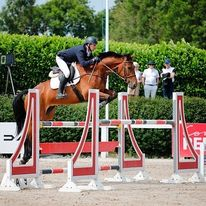
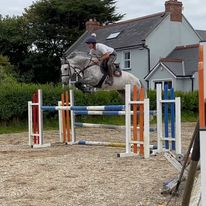
From primarily researching this series of articles and chatting to different individuals in the equine sector, it seems that horses – just like so many other industries in Ireland are taking a financial hit, money is not as freely available and the cost of living increase seems to be having a detrimental effect – what are your thoughts or insight into this?
In general, it seems that most individual sales, lessons, and many other costs; that while they have risen, they are still in high demand. Horse sport, by its very nature, will be classed as “unnecessary” when household budgets are constricting. The breeders have started seeing a fair price on their animals in the last number of years, and rightly so. However, they will probably be the first to be hit as the supply chain backs up. The UK market is not at its strongest, which was one of Irish producers biggest exports. Our young riders have never been as well mounted, albeit on largely imported horses…Irish producers are missing out here! Who is supplying these horses, and can we supply home grown horses to suit these young riders needs and budgets? There is a marketing problem here also, it’s “cool” to have sourced/imported a horse from continental Europe.
Something I hear a lot of people talk about is the ever rising cost of entry fees on top of the cost of diesel/petrol to get to shows. As a producer of horses, are you noticing this? I would imagine with the number of horses you’d bring to shows weekly you must be aware of this?
The cost of producing a horse is becoming very delicate. Everybody needs a return on their investment to make a living. Producers are professional riders, who need to have enough money to pay their rent, mortgage, food, heating etc, and that is AFTER the horses expenses have been accounted for. It is hard sell now to go to individual shows with young horses, just to produce them. It makes more financial sense to stay as close to home as possible, pool resources from friends and colleagues to go schooling, with the shows limited to specific qualifiers or high-value shows. It makes it impossible to produce a horse that needs more time (e.g. – a tall horse that needs to grow into his body). Producers needs to see the value in producing a horse for longer to get a better return…but with increasing costs that is now also high risk.
Have you seen a change in potential buyers? Is the interest and opportunity still around to buy horses? Do you find that the Irish market is holding its own against the UK and foreign markets? Is the interest in Irish horses still external – are there as many going overseas?
The domestic market is constricting little, mainly because our main exports were to the UK which is also not purchasing the same volume. The US market has opened up to more producers thanks to the likes of the marketing and services provided by the Goresbridge Go For Gold, and Monart. Before this was a much more private affair, limited to a handful of agents.
Would you say that the price and value on horses has changed in recent times?
The Value of the horse has increased, (and rightly so) in recent times. It costs money to breed, keep, produce, and compete a horse. This needs to be reflected in the end price. The price can be less for defects, but it should increase for above average. There should be a base price and route, akin to downed cattle should the need arise.
How is the cost of living increase affecting you – if at all? Do you find yourself forced to pass incurred costs to your clients and if so – do you feel it is a risk to your business?
I have had to increase my prices in order not to be keeping horses at a cost to myself. I see a need to increase prices in the near future if I intent to make a basic living, as opposed to working to cover owners costs. It is always a risk, but it is better to have an empty stable, than a full one with a horse that you are subsidising for somebody else.
Has the type of horse that your clientele are looking for changed at all?
Yes, finally the tide is starting to turn on the NEED for perfect X-rays. There is no such thing as the perfect horse (or human!), but for too long, “perfect fit” horses were passed over because of something trivial. Now vets are much more comfortable advising a purchaser of the likelihood of the finding posing a threat or not in the future, not to mind in the present.
Do you have concerns for the industry going forward unless things improve?
Yes, too many to list here!
How do you feel Ireland compares to the rest of Europe and the UK for people like yourself – in terms of opportunities and facilities/competitions for the horses?
We are lacking in terms of volume of high quality venues. What we have is very good, but geographically we need more. There are excellent producers all over Ireland. The domestic market needs help. Maybe education on what is needed, and how to produce and price for it. Before it was widely acknowledged the domestic market didn’t have the required capital. That has changed drastically in the last 10 or so years.
Is there anything that bodies like Horse Sport Ireland/Show Jumping Ireland or even the Government could be doing to help the equestrians of Ireland in your opinion?
Funding for education and training, for all ages is always a welcome and sound investment. A broad base of older, experienced horse people, coupled with younger, tech savvy, “book smart” people with new ideas and methods to move the industry forward.
Finally – if you could change one thing in the Irish Equine Industry – what would it be – and why?
The rate of change, lack of adoption of new ideas, the “old guard” mentality. It is fantastic to see some of the new change in recent years such as SJILive and HSI’s breeding database. We have the data, it’s time to link all the databases together for meaningful data – helpful data. Access to trends and reports that show us where we are now, where we are compared to others countries, and helping us plan where we want to go.
As a sidebar, a biannual report on costings would be very helpful. For example, the current average cost of keeping a:
• Mare and foal to 6 months
• Showjumper in training for 6 months
• 3 to 4yr old wintered, now in training for Sporthorse sales
Or the average cost of Hay, Haylage, farrier, wormers, training livery, etc. It would educate all parties involved and create no false expectations.
If you would like to contact Bill – details are as follows:
Phone: 086 605 9222Website: billmaguireequestrian.com
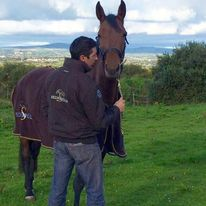
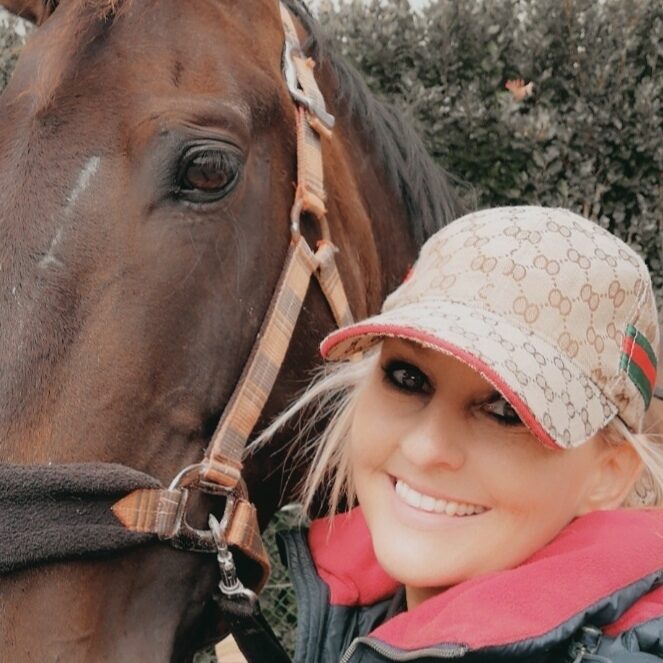

Share
Your subscription is 100% Free for our first year, No credit card details required.

The Judging Concerns That Keep Coming Back — And Why They Can’t Be Ignored Anymore We didn’t make it to
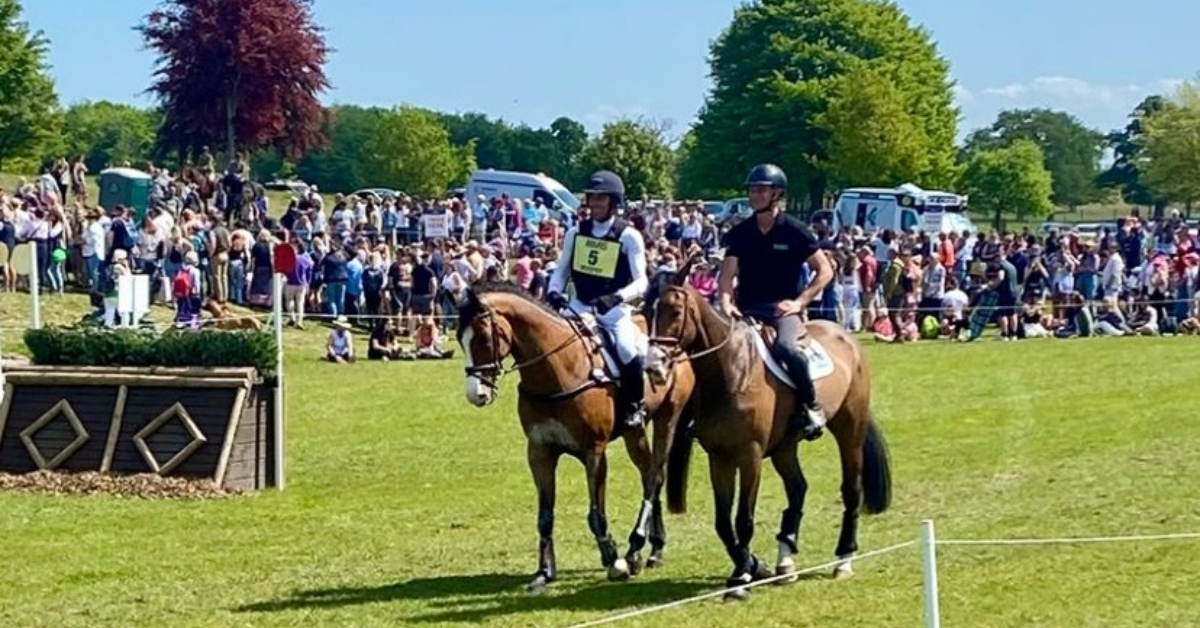
There are few sporting events that live up to the hype. Wimbledon? Too many strawberries. Cheltenham? Too many suits. But
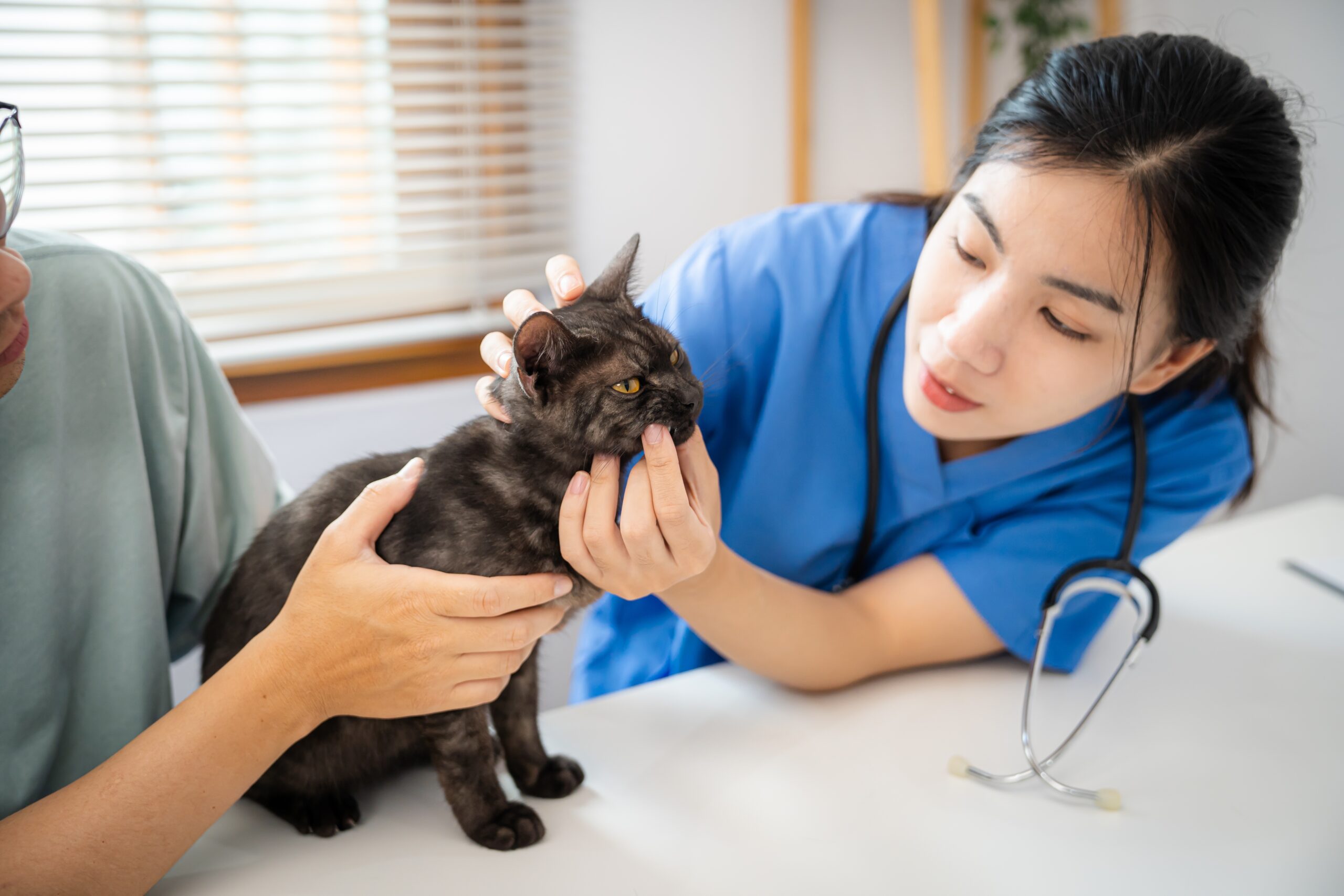
British Veterinary Association publishes full response to Competition and Markets Authority’s proposed remedies for veterinary market for household pets. The